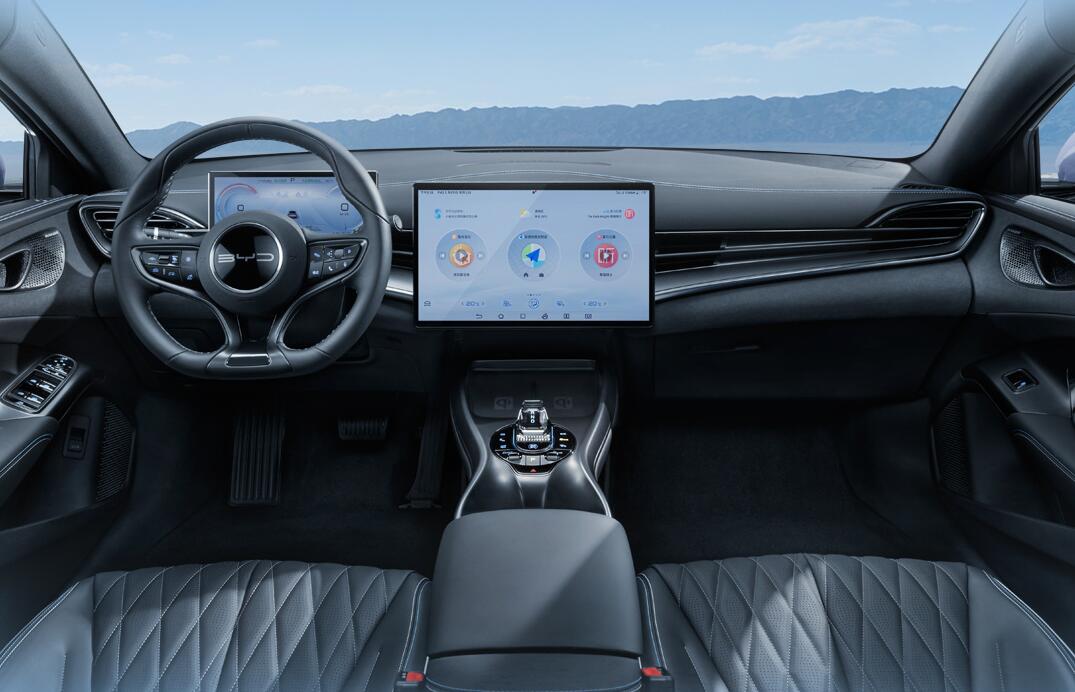The Smart #3 is available in three regular versions and a limited edition, with a price range of RMB 209,900 to 289,900.

(Image credit: Smart)
Smart Automobile, Geely's joint venture with Mercedes-Benz, is making its second model since its electrification transition available in China, as it ramps up its efforts in the world's largest electric vehicle (EV) market.
Smart officially launched the Smart #3 in China at an event Thursday evening, with first deliveries set to begin this month.
The car is available in three regular versions -- Pro+, Pulse, and Premium -- with starting prices of RMB 209,900 ($29,586), RMB 239,900, and RMB 255,900, respectively.
In addition to these three versions, the Smart #3 is also available in a Brabus Performance version for RMB 289,900, but is limited to only 1,999 units.
The Smart #3 is a coupe SUV with a length, width and height of 4,400/4,542 mm, 1,844 mm and 1,556 mm respectively, and a wheelbase of 2,785 mm.

For reference, the Smart #1, the first production model after the electrification of the Smart brand, measures 4,270 mm in length, 1,822 mm in width and 1,636 mm in height, and has a wheelbase of 2,750 mm.
This means that the Smart #3 will be longer and wider than the Smart #1, but lower.
The Smart #3 has two powertrain options, a single-motor version with 200 kW of peak motor power and a dual-motor version with 115 kW and 200 kW of peak front and rear motor power, respectively.
Acceleration time from 0 to 100 km/h is 5.4 seconds for the single-motor version and 4.3 seconds for the dual-motor version, and 3.6 seconds for the Brabus Performance version.
There are three range versions, with CLTC ranges of 520 km, 555 km and 580 km. The battery pack is a ternary lithium battery from CALB and Sunwoda.
The Smart #1 went on sale in China on April 25, 2022, with deliveries starting on September 24.
The model was designed by Mercedes-Benz, with the Smart R&D team leading the engineering development, and is based on Geely's SEA (Sustainable Experience Architecture) architecture.
Smart delivered 2,624 vehicles in China in May, down 40.23 percent from 4,390 in April, according to data it released yesterday.
Smart has delivered a total of 28,923 electric vehicles in China since last September, according to data monitored by CnEVPost.

($1 = 7.0945 yuan)


The post Smart #3 launched in China, starting at $29,600 appeared first on CnEVPost.
For more articles, please visit CnEVPost.



































